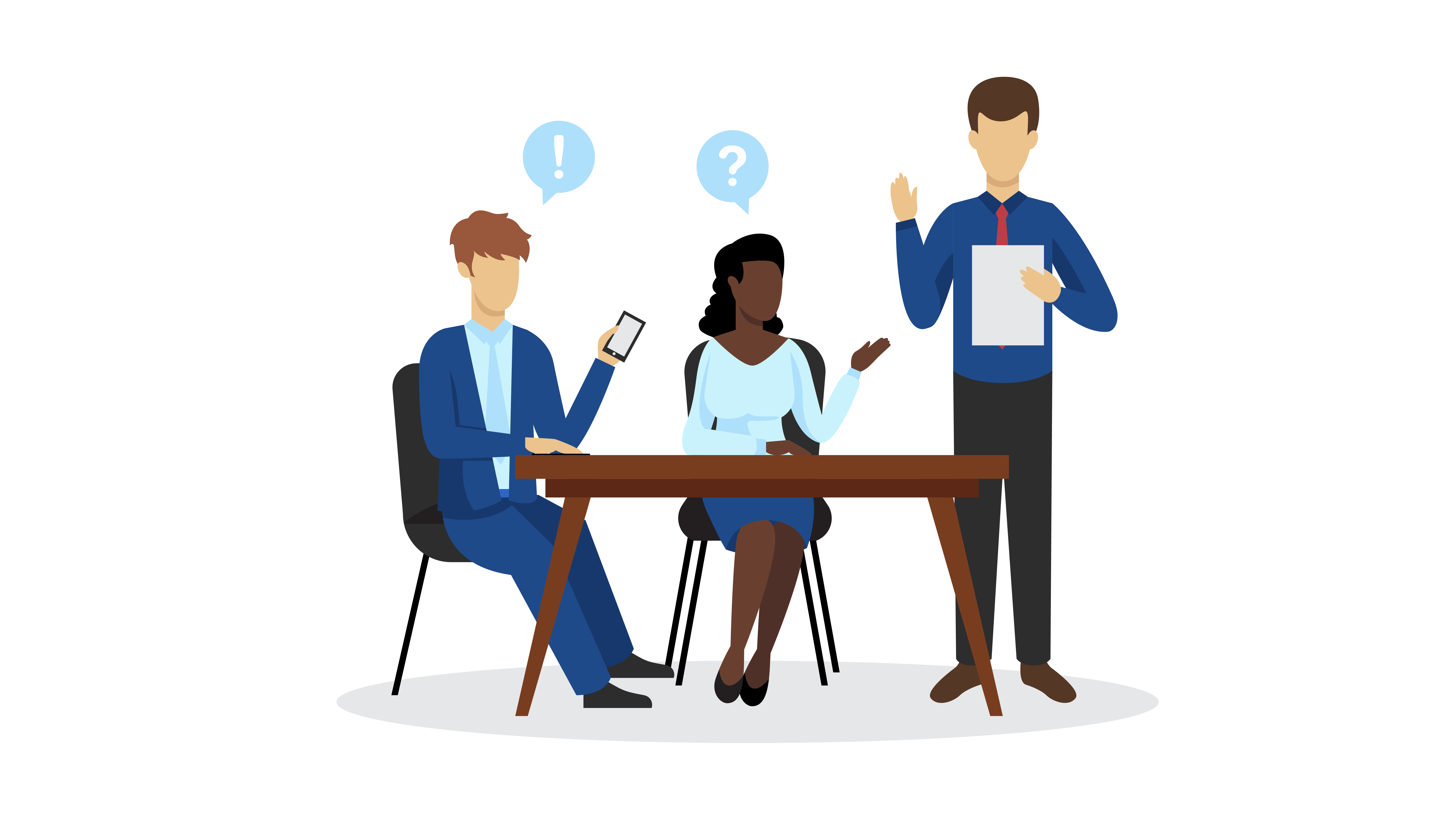All Categories
Featured
Modern businesses require a central place to store Customer Data Platforms (CDPs). It is a critical tool. The software tools provide the most complete and accurate view of customers they can use to target marketing and personalize customer experiences. CDPs offer many features, including data governance, data quality and formatting. This allows customers to be compliant with how they're stored, used and accessed. A CDP can help companies connect with their customers and put them at the forefront of their marketing efforts. It can also be used to pull data from various APIs. This article will highlight the benefits of CDPs to organizations.
marketing cdp
Understanding CDPs: A client data platform (CDP) is a piece of software which allows companies to gather information, manage, and store the customer's information in one central area. This provides a clearer and more complete picture of your customer and lets you target marketing efforts and tailor customer experiences.
-
Data Governance Data Governance: One of the primary aspects of the CDP is its capacity to categorize, protect, and regulate information in the process of being incorporated. This includes profiling, division and cleansing of the data that is being incorporated. This ensures compliance with data guidelines and policies.
-
Data Quality: It's important that CDPs ensure that data collected is of high quality. This involves ensuring that the data is correctly recorded and is of the highest quality requirements. This reduces the need to store, transform, and cleaning.
-
Data Formatting is a CDP is also utilized to ensure that data conforms to the predefined format. This allows data types like dates to be identified across customer information and helps ensure an accurate and consistent entry of data. what is customer data platform
-
Data Segmentation Data Segmentation: A CDP also allows for the segmentation of customer information to gain a better understanding of various groups of customers. This allows you to test different groups against one another and obtaining the appropriate sample and distribution.
-
Compliance CDP: The CDP allows organizations manage customer data in a way that is compliant. It permits the definition of security policies, classification of information according to those policies, and even the detection of violations of policies when making marketing-related decisions.
-
Platform Selection: There's an array of CDPs and it's essential to understand your requirements prior to choosing the best one. This includes considering aspects like data privacy , as well as the ability to pull data from various APIs. cdp define
-
The Customer at the Center Making the Customer the Main Focus CDP allows the integration of real-time and raw customer information, ensuring immediate access, accuracy and unified approach that every marketing team requires to boost their efficiency and connect with their customers.
-
Chat Billing, Chats, and More With a CDP it's easy to gather the information you require to have a productive discussion, regardless of the previous chats and billing or other.
-
CMOs and CMOs and Data CMOs and Big Data: According to the CMO Council, 61 percent of CMOs think they're not leveraging the power of big data. The 360-degree view of customers offered by CDP CDP is a fantastic solution to this issue and help improve marketing and customer engagement.
With so many various types of marketing innovation out there each one typically with its own three-letter acronym you may question where CDPs come from. Although CDPs are among today's most popular marketing tools, they're not an entirely new concept. Instead, they're the most recent action in the development of how marketers manage consumer data and customer relationships (Marketing Cdp).

For the majority of online marketers, the single greatest worth of a CDP is its ability to segment audiences. With the abilities of a CDP, online marketers can see how a single consumer communicates with their company's different brands, and determine opportunities for increased personalization and cross-selling. Naturally, there's much more to a CDP than division.
Beyond audience segmentation, there are 3 big reasons your company might desire a CDP: suppression, customization, and insights. Among the most fascinating things online marketers can do with information is identify customers to not target. This is called suppression, and it's part of delivering genuinely tailored client journeys (Cdp Data). When a customer's unified profile in your CDP includes their marketing and purchase information, you can suppress advertisements to consumers who have actually already bought.

With a view of every client's marketing interactions connected to ecommerce information, website gos to, and more, everybody across marketing, sales, service, and all your other teams has the opportunity to comprehend more about each customer and deliver more tailored, pertinent engagement. CDPs can help online marketers resolve the root triggers of numerous of their greatest everyday marketing problems (Cdps).
When your information is detached, it's harder to understand your consumers and produce significant connections with them. As the variety of information sources used by marketers continues to increase, it's more vital than ever to have a CDP as a single source of fact to bring all of it together.
An engagement CDP uses consumer data to power real-time customization and engagement for customers on digital platforms, such as websites and mobile apps. Insights CDPs and engagement CDPs comprise the bulk of the CDP market today. Extremely couple of CDPs include both of these functions equally. To select a CDP, your company's stakeholders must consider whether an insights CDP or an engagement CDP would be best for your needs, and research the couple of CDP options that include both. Customer Data Platform Cdp.
Redpoint GlobalLatest Posts
The Benefits of Real-time Data Analysis with a CDP
The Role of CDPs in Creating Personalized Customer Experiences
CDPs and the Role of Data Segmentation in Marketing